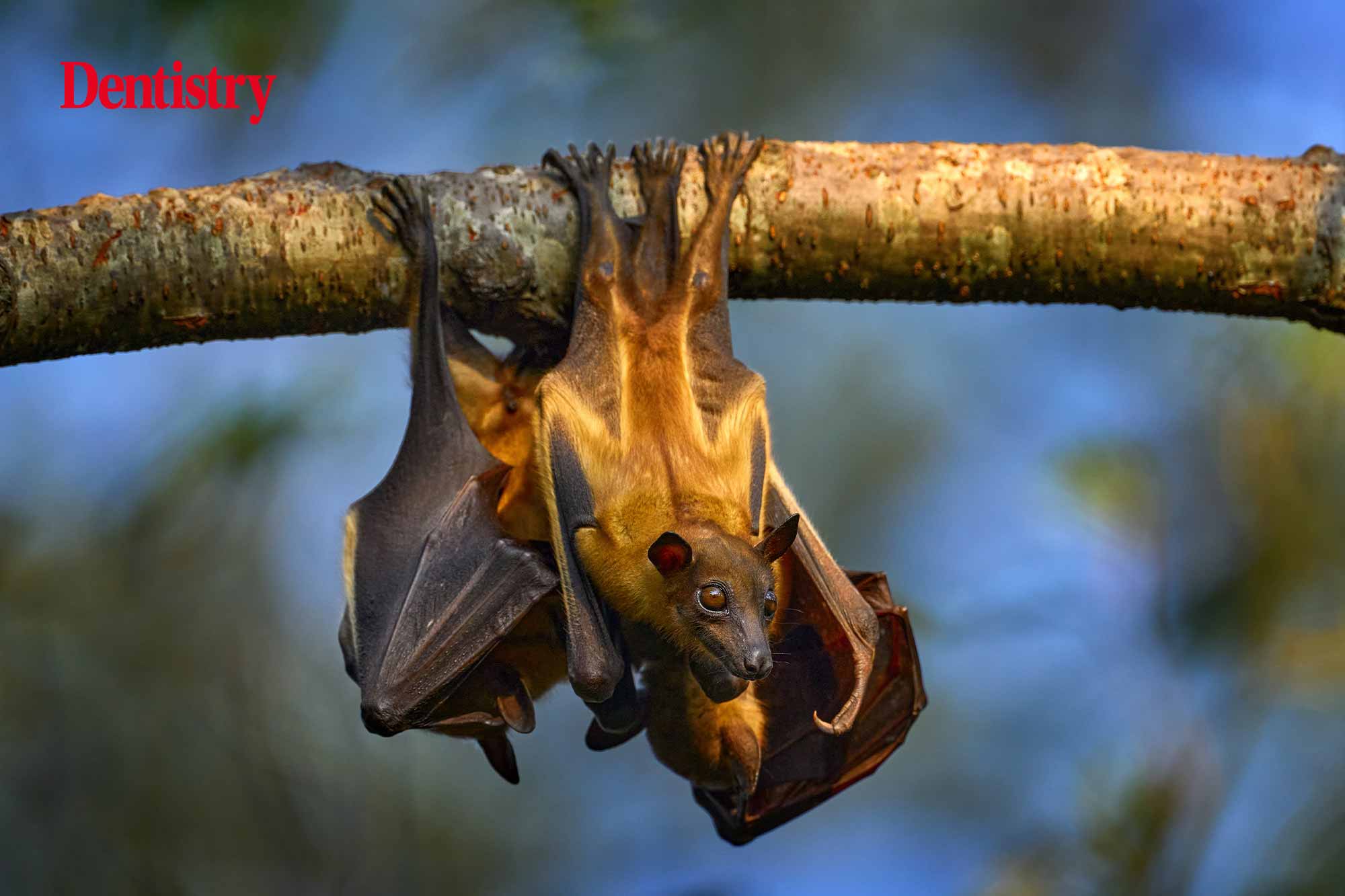
The DNA of fruit bats could help researchers develop a cure for diabetes, according to a new study.
This is due to their high-sugar diet and ability to eat up to twice their body weight in sugary fruit each day.
The researchers sought to investigate how fruit bats have evolved to thrive on a high-sugar diet by comparing them with insect-eating bats. Therefore, the study involved analysing the DNA of individual cells and comparing how the genetic instructions for metabolism in the pancreas and kidney are different in each bat species.
In the pancreas, the study found that fruit bats have more insulin-producing and glucagon-producing cells than insect-eating bats. In addition, their regulatory DNA prepares the pancreatic cells to trigger the production of insulin and glucagon. Both of these processes help to balance the blood sugar in fruit bats.
In the kidney, which removes waste products from the blood and maintains water and salt balance, the researchers found that the fruit bats’ kidney cells have adjusted to comply with their high-sugar diet. Compared to the insect-eating bats, this means their urine is more diluted with water.
New approaches to diabetes treatment
The researchers believe their study is important because most testing for diabetes treatment is based on ‘traditional laboratory animals’, such as mice. However, this study focuses on a mammal that has evolved to withstand and thrive on a high-sugar diet. Therefore, if the study findings can explain how they are able to do this, it could allow the researchers to find new approaches to treating diabetes in humans.
Nadav Ahituv is a co-senior author of the paper. He said: ‘With diabetes, the human body can’t produce or detect insulin, leading to problems controlling blood sugar. But fruit bats have a genetic system that controls blood sugar without fail.
‘We’d like to learn from that system to make better insulin-or sugar-sensing therapies for people.’
The researchers are now investigating the regulatory DNA sequences that allow fruit bats to thrive on a high-sugar diet. They are hopeful that these DNA sequences can be used to better regulate how people respond to glucose.
What are your thoughts on this article? Contact [email protected].
Follow Dentistry.co.uk on Instagram to keep up with all the latest dental news and trends.


